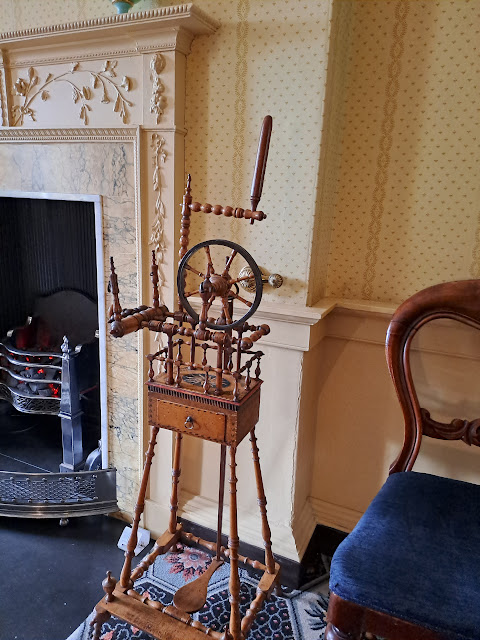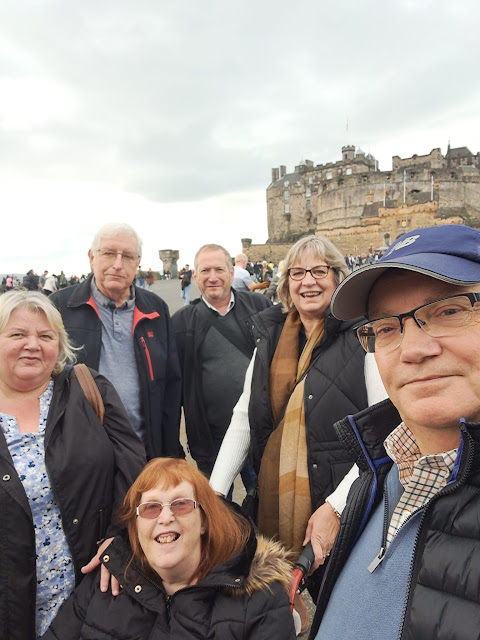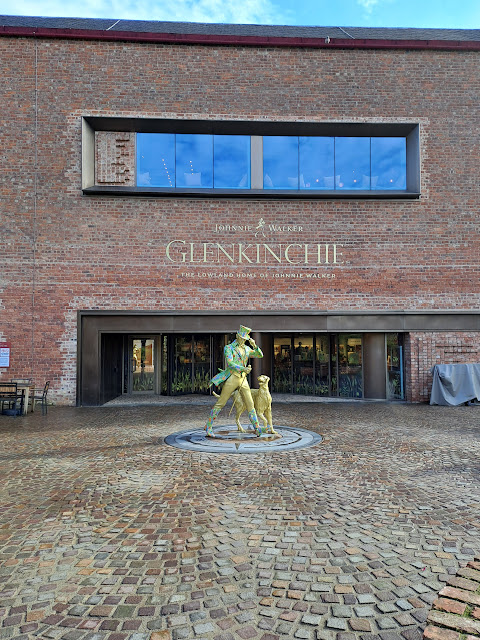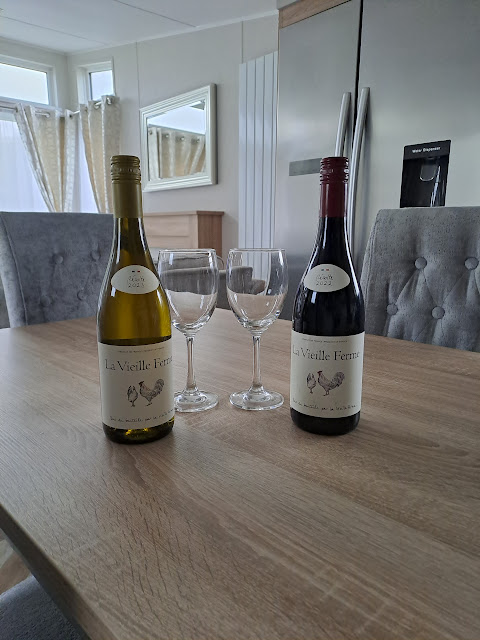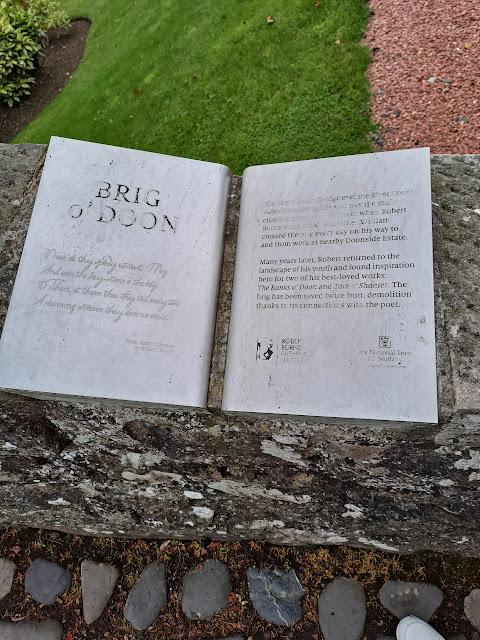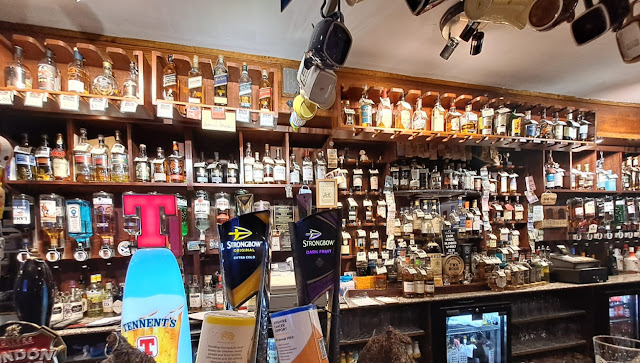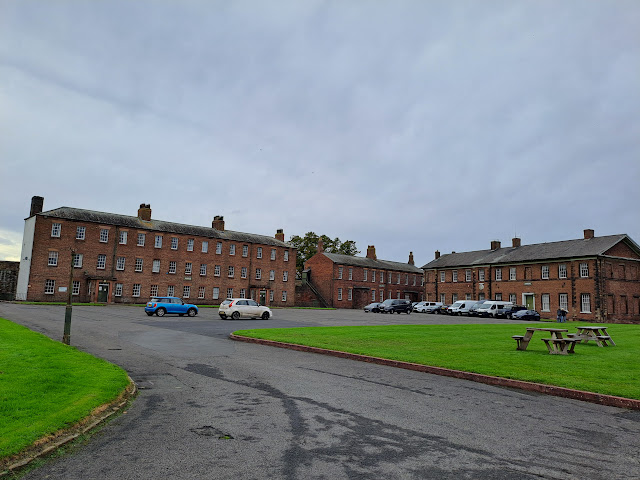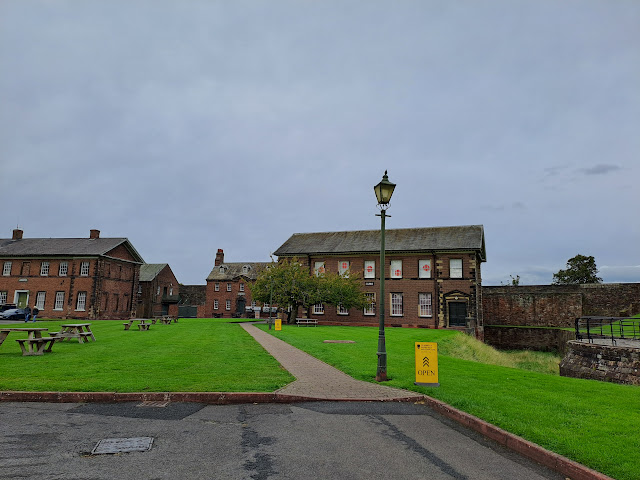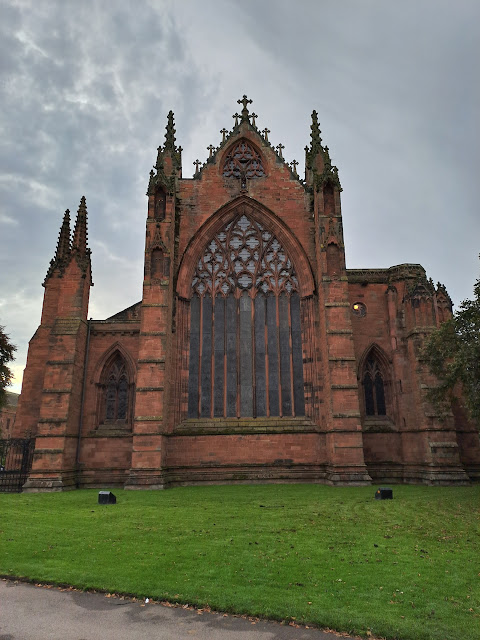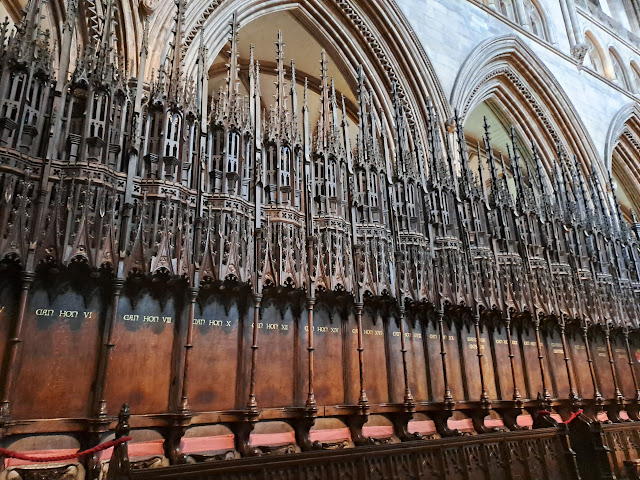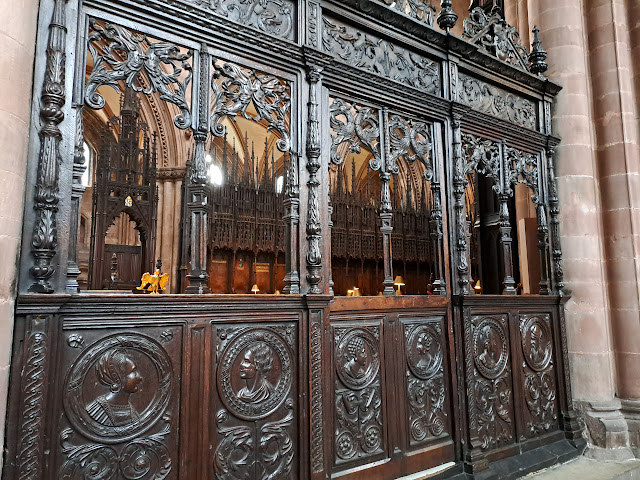New discoveries, old favourites - a blog full of wine, food and travel adventures.
Thursday, 14 November 2024
Berwick upon Tweed
Sunday, 3 November 2024
Edinburgh
We previously visited Edinburgh in March 2022 spending a whole week exploring. This visit was a weekend with friends to see the highlights, although autumn we were very lucky with the weather.
We stayed in Leith at the Premier Inn, a bit of confusion as their parking is no longer free (no notification of change when we booked). It's a standard hotel but a great location as the new tram is only a few minutes walk away, as is HMY Britannia.
As we had visited most places whilst our friends explored we went to The Georgian House now owned by the National Trust. They actually own three of the houses in the row including the house used by the First Minister of Scotland.
Sunday, 27 October 2024
Aryshire

Saturday, 19 October 2024
Carlisle
Carlisle was our stopover on a recent trip to Scotland which although drivable in a day we like to explore new places.
Staying in the Ibis hotel once in our room we could have been back in France but we've never seen this on our travels across the water.
As members of English Heritage we visited Carlisle Castle which began life as a Roman Fort in AD72 used for troops invading Scotland.
In the 7th century the Kings of Northumbria sited an abbey in Carlisle and for half a century the fortress was a stronghold against the Scots until the crowns of England and Scotland were united in 1603.
With Scotland and France becoming a strong alliance Henry VIII reinforced the castle in the mid 16th century, and not long after Mary, Queen of Scots, lived in the castle at a huge cost in food and wine to Elizabeth I. The castle was not used as a residential palace again.
The Union of England and Scotland in 1603 in theory would make Carlisle Cadtle obsolete but it became a main part of the Civil War under the reign of Charles I in 1642 when the Parliamentarian army surrounded Carlisle with the plan to starve out the city. 1645 brought reinforcements as the English troops increased the pressure on the city and in June the city surrendered.
Still more trouble beseiged the castle during the second Jacobite rising when Prince Charles Edward Stuart captured Carlisle in 1745 as he travelled south. Having met resistance in the Midlands he returned to Scotland but left an army of over 400 at the castle to keep the English at bay. However this was not the case and several Jacobite soldiers were imprisoned and 31 publicly executed.
Quieter times then passed with the castle having needed repairs and defences increased including the addition of a drawbridge. Carlisle Castle became an important army barracks from the early 1820s which were extended in the 19th century when it became the headquarters of the Border Regiment. The Regiment moved out in 1959 and now English Heritage shares the site with many organisations including Cumbria’s Museum of Military Life.















